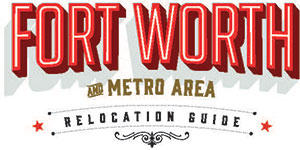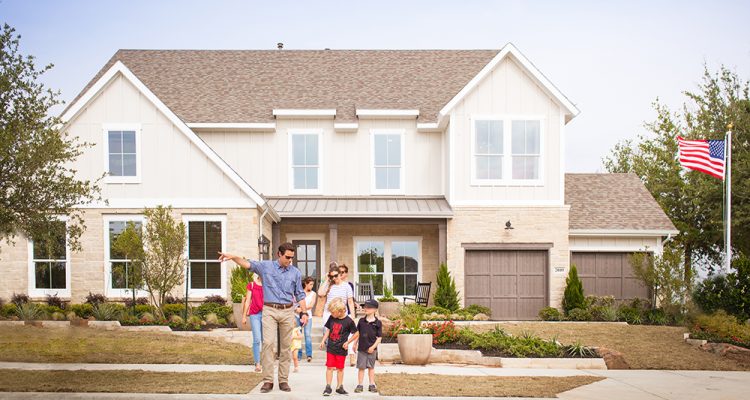(Driving to DFW Airport: About 45 minutes)
Less than 10 minutes from downtown is one of Fort Worth’s newest and hippest ‘hoods. The West Seventh district is a five-block urban village located within the city’s cultural district and within walking distance to its nationally recognized museums. This fun corner of the city is home to many lucky 20- and 30-somethings who live in the district’s new apartments and condos—all surrounded by premier restaurants, bars, workout facilities, shopping, and a movie tavern.
West Seventh Street intersects with Camp Bowie Boulevard, which leads to its own plethora of boutiques, coffee shops, locally owned restaurants, and the not-to-be-missed Curly’s Frozen Custard, located off the original brick road that still paves this historic part of the city. Just north is the very lovely neighborhood of Ridglea Hills. Its ranch-style homes, neighboring country club, and close proximity to downtown make it one of the city’s most coveted communities.
Further west is the famous Rivercrest. This is the type of neighborhood you dream about. It’s filled with old-style mansions and families that have been in Fort Worth for generations. Take a drive around and soak up the elegance and beauty of these multi-million dollar estates. Then head west to Arlington Heights. Here, location meets affordability without sacrificing history and stylish architecture. It’s also a short drive (or long walk) to Central Market and Trader Joe’s. These older homes are well maintained and priced around $200 per square foot with loads of charm and pops of bright color.
On the western edge of town is the largest residential development underway in the United States and the fastest developing, the Walsh neighborhood. The development was awarded the Fort Worth Chamber of Commerce 2017 Legacy Award, celebrating its deep commitment to Fort Worth through its “stunning masterpiece of planning.” With the first 1,700 of 7,200 acres in planning, the first homeowners moved into the neighborhood this summer. Walsh will eventually be the home to nearly 50,000 people, with more than 15,000 homes and 2,300 acres of open space and future parks.

